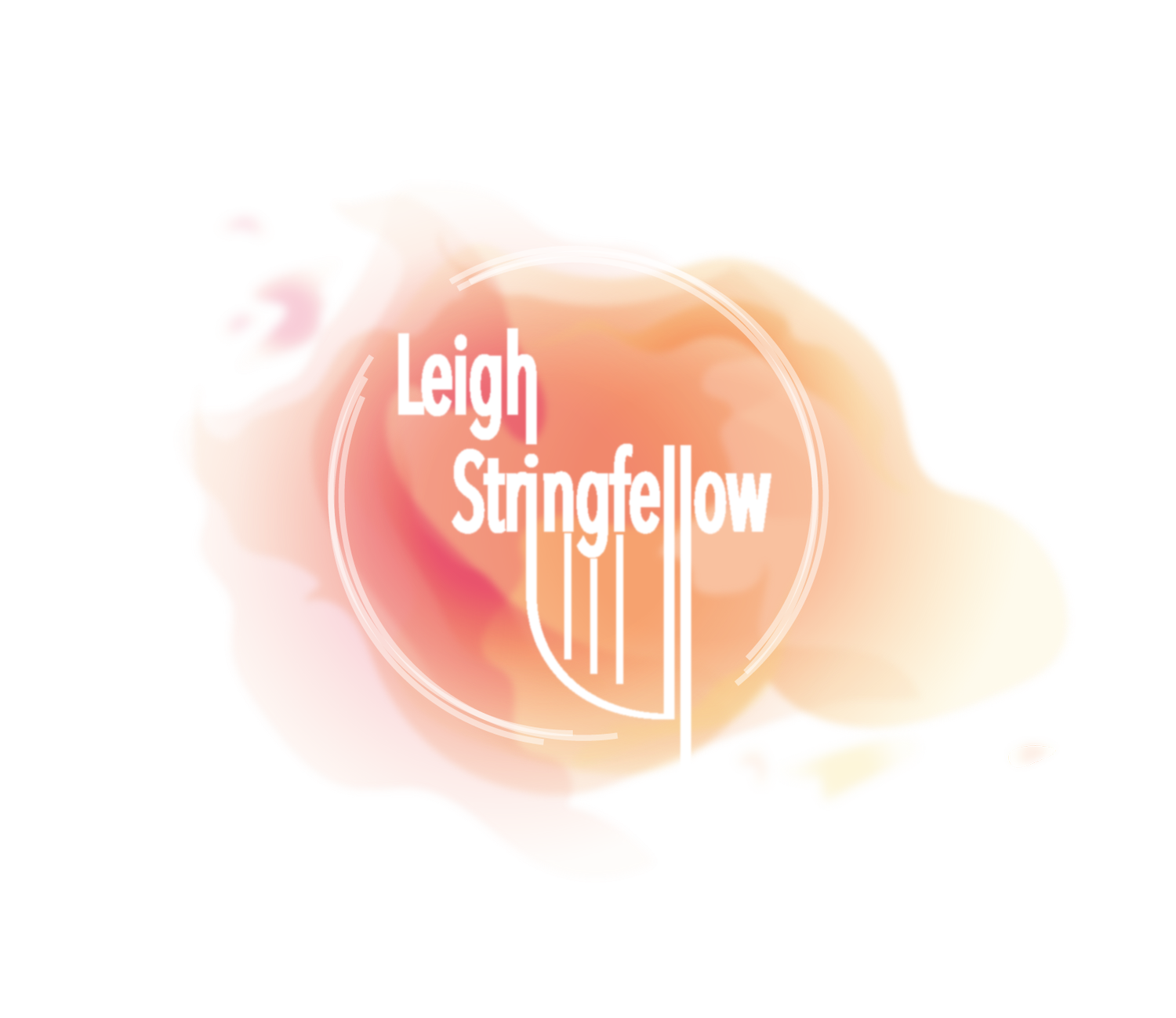Why does your harp have polka-dots?
/Originally Published November 10, 2014 on www.GigHarp.com
This summer I emailed every music teacher in Chapel Hill, levels K-12 to volunteer in their classes and do a lecture-demonstration. Music teachers from St Thomas More Academy, Culbreth Middle School and East Chapel Hill High School invited me into their classrooms to play and discuss the harp.
I only teach privately, and haven’t been inside an elementary, middle or high school class since my respective graduations from elementary, middle and high school. I was a little nervous about undertaking my latest project. People have qualifying degrees in education for a reason. What do I know about projecting my voice, classroom management or middle school students? As it turns out, middle school students have an underserved reputation. This age group was easy-going and inquisitive!
Unsuspecting students looked into the door way and strode inside the classroom to their seat eagerly with smiles and whispers, “is she going to play that?” “It’s a harp!” “It’s so big” and “do we get to play that?”
My fears of paper airplanes, whoopee cushions, broken strings and principal’s offices disappeared. (Turns out Hollywood’s version of an American classroom is hyperbolic. Who knew? ) While tiring, the kids listened attentively and asked plenty of questions.
I presented essentially the same program for each grade level, with a slightly different context. I’m not sure 12th graders would be as thrilled to dance in the classroom as the Kindergartners. We talked about how the harp works, where it came from and how it developed into the instrument it is today in between relevant pieces.
We talked about famous harpists like, Marie Antoinette who played a single action pedal harp. So, I played the Harmonious Blacksmith by Handel from the late baroque period. Even if she didn’t play music by Handel, she certainly could have performed it on her single-action pedal harp.
Students asked tons of practical questions from “how do you tune it, “and “how much does it weigh” always followed up with “how do you move it?” Other questions were more surprising, like “why does your harp have different colored polka dots?” Responding with a level of sincerity to match this kindergarten scholar’s countenance, I explained the purpose of the black headed screws, brass discs and steel tuning pins on the neck of the harp. I also touched on the physics of acoustics to explain, “why is that string so long?” and yes, “I do know Disney songs.”
The elementary aged students were allowed to try playing the harp. In the past 3 weeks, about 300 students have played glissandos on my instrument. Some walked up with a bright smile nearly running to the harp, while others seemed a tad more shy and 1 or 2 declined entirely. They also each took home a picture of Winnie the Pooh playing the harp to color at home.
After the high school presentations, some students stayed around to talk and even helped load my harp. The middle schoolers left in a hurry to get to their next class, where tardiness could keep them after school late and elementary students rushed to the harp for one last touch before lining up and returning to their classroom.
I drove home each day feeling elated. Kids are cool. And thank you music teachers for having me in your classrooms!


